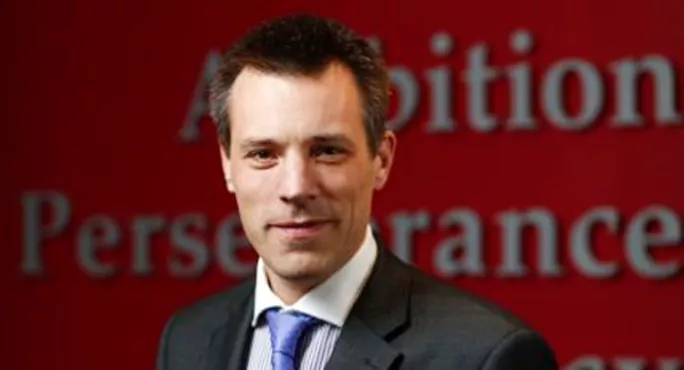’Our curriculum is so narrow that it bores both pupils and teachers - and crushes creativity’ says Colin Harris - erroneously.
The article represents a fear that a focus on assessment, on mathematics and grammar is detrimental to the creativity of students whose imagination will thrive more readily in an environment in which they are enthused by a butterfly coming in through the window.
This fear is based on a fundamental misunderstanding of creativity (and, also the role of the teacher and the nature of mathematics but they will be only fleetingly touched upon in this article).
Creativity is the ability to make something new, to create, and there are two strands to this vitally important skill. The first is the imagination required to see something new in your mind, to formulate a new idea or to twist an existing one in a new way; the second is the skill required to turn the idea into an artefact.
Of these two strands, it is the second that is lacking in most children and so the second that schools should concentrate on developing.
When the butterfly comes through the window, the creative response is not to stand in wonder saying: “How lovely” but to think about the nature of the butterfly - to see its symmetry and then to ask how that symmetry enables it to fly; to ask how that symmetry is the result of its development; to ask what other kinds of animal have that symmetry and what other kinds of symmetry there are.
The butterfly inspires inquiry into engineering, biology, zoology or mathematics each of which has its own creativity. Engineers build flying machines, biologists design using genetics, zoologists put together habitats and mathematicians spin proofs and demonstrations from pure logic.
It wasn’t a butterfly that inspired William Blake’s line “what immortal hand or eye could frame thy fearful symmetry” but the poem illustrates the fact that constraints inspire creativity rather than quenching it: the thumping meter of the poem doesn’t just hold it together but gives life to its central image.
Architects find the same thing - physics requires the existence of buttresses and struts which then inspire the artist to embellish or disguise that which gravity demands. It is only by understanding the grammatical structures of writing or the physical laws of the universe that children are enabled to turn their imaginings into works of creativity.
G.K Chesterton said: “There are no uninteresting things, only uninterested people,” and the role of the teacher is to take the restrictions of the curriculum and build within them such inspiration and fascination that the students are carried with us.
To do so requires imagination, skill, and an ability to work within a structure - just like any work of creativity.
James Handscombe is principal of Harris Westminster Sixth Form
Want to keep up with the latest education news and opinion? Follow TES on Twitter and like TES on Facebook




